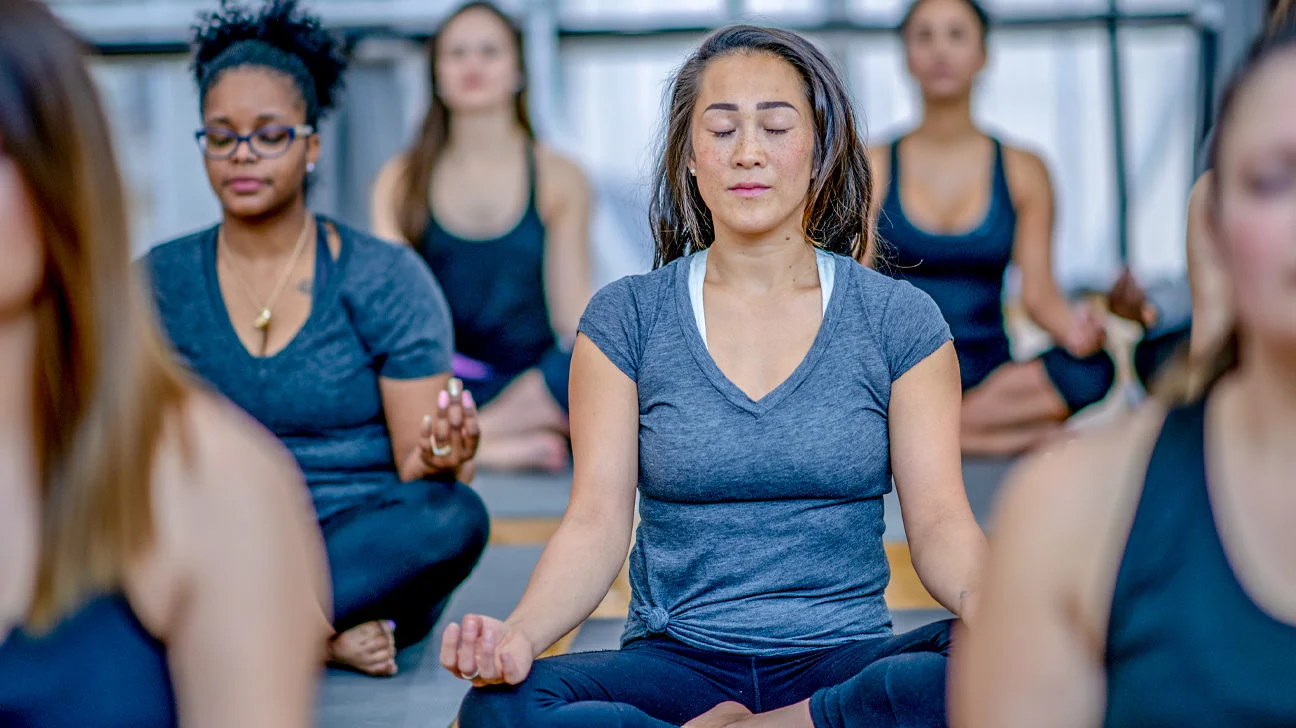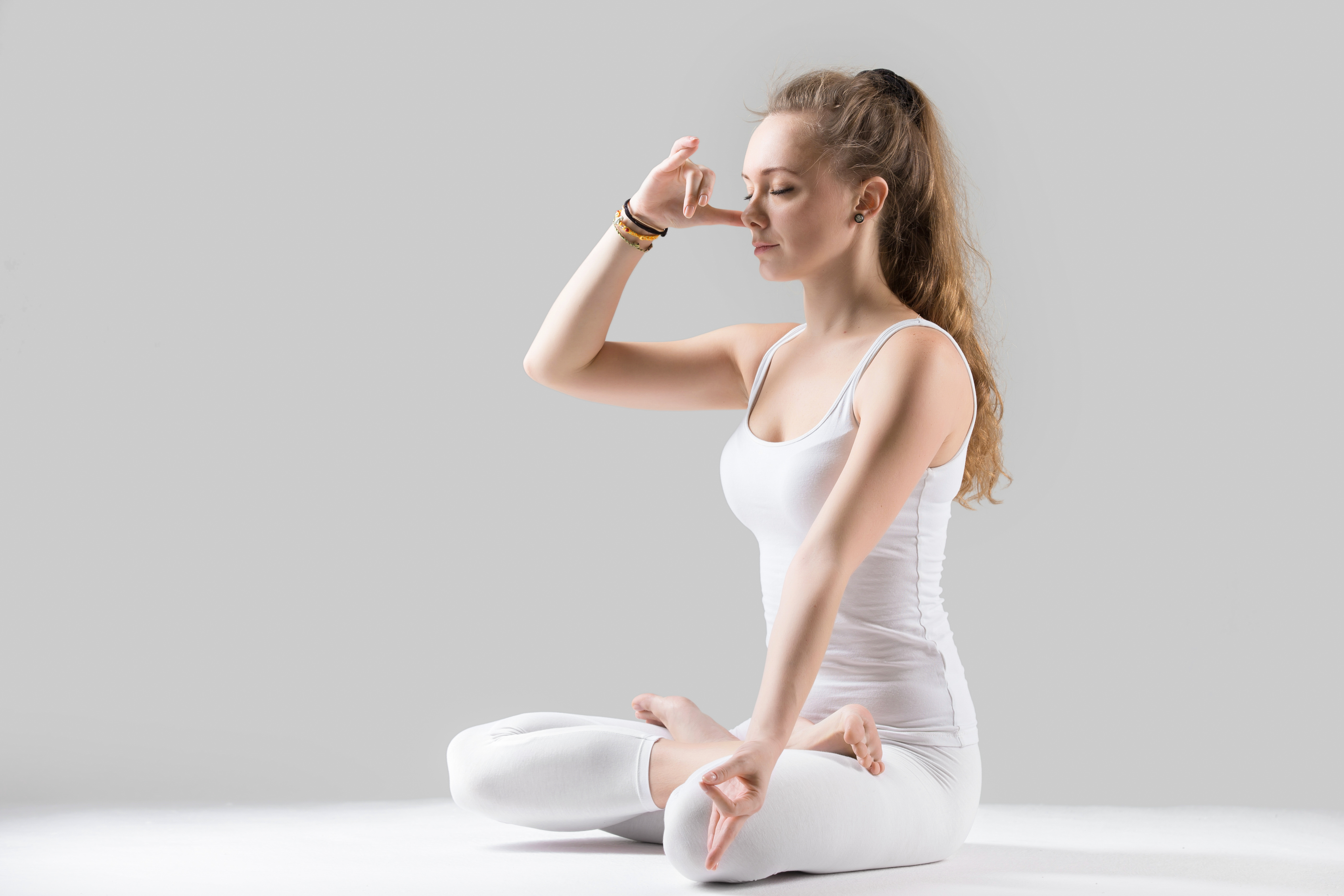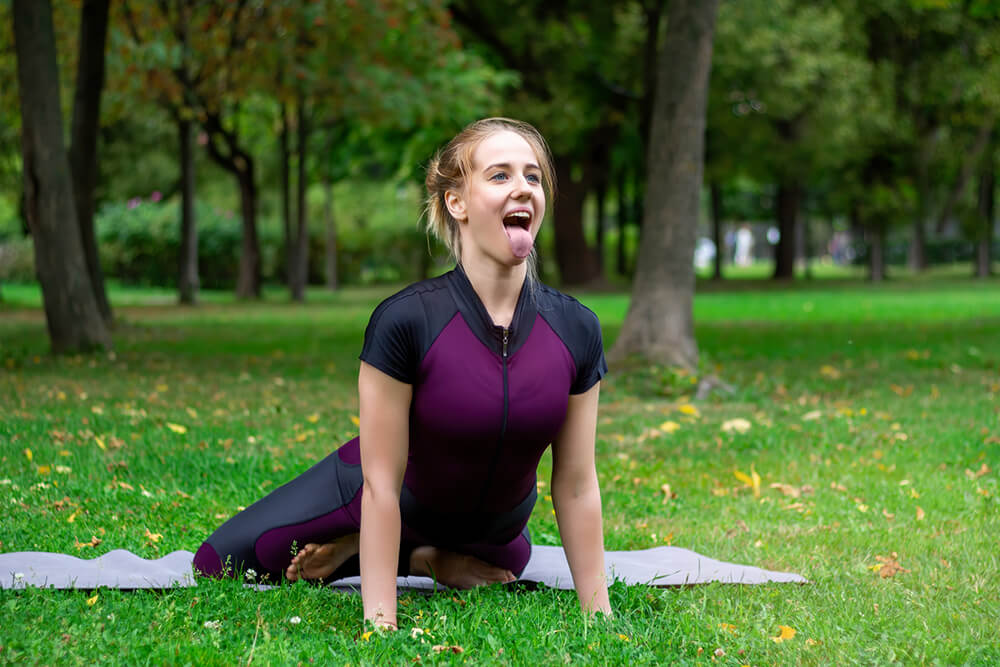Breathing Exercises for Anxiety:
A Comprehensive Guide to
Finding Calm
In the modern world, where stress and anxiety have become prevalent, finding effective techniques to manage these emotions is crucial for maintaining mental well-being. One powerful tool that has gained recognition for its calming effects is the practice of breathing exercises for anxiety. These techniques offer a simple yet potent way to bring your mind and body back to a state of equilibrium. In this comprehensive guide, we will delve into various breathing exercises that can help alleviate anxiety and promote a sense of calm.

Diaphragmatic Breathing
A Foundation for Calmness Diaphragmatic breathing, also known as belly breathing, forms the foundation of many breathing exercises for anxiety. To practice this technique, place one hand on your chest and the other on your abdomen. Inhale deeply through your nose, allowing your abdomen to rise as you fill your lungs. Exhale slowly through your mouth, feeling your abdomen fall. This exercise encourages a full exchange of oxygen and carbon dioxide, triggering the body's relaxation response and reducing feelings of anxiety.
4-7-8 Technique
Harmonizing Breath and Relaxation The 4-7-8 breathing exercise for anxiety is a simple yet effective technique. Inhale through your nose bringing air deep into your belly for a count of 4, hold your breath for a count of 7, and exhale slowly through your mouth for a count of 8. This technique has been shown to slow down the heart rate, relax the nervous system, and counteract the fight-or-flight response, making it an excellent choice for managing anxiety in stressful situations.
Box Breathing
Creating Rhythmic Balance Box breathing, also known as square breathing, involves inhaling, holding, exhaling, and holding again for equal counts, creating a "box-like" pattern. This balanced approach helps regulate the autonomic nervous system and brings a sense of control to your breathing. By engaging in box breathing exercises for anxiety, you can foster a sense of calm and mental clarity.

Alternate Nostril Breathing
Restoring Energy Flow Alternate nostril breathing is a yogic technique that involves breathing through one nostril while closing the other with your thumb, and then alternating sides. This practice is believed to balance the flow of energy in the body and enhance focus and relaxation. By engaging in alternate nostril breathing exercises for anxiety, you can promote a balanced state of mind and reduce tension.
Progressive Muscle Relaxation
Combining Breaths with Release Progressive muscle relaxation involves pairing deep breathing with the deliberate tensing and releasing of different muscle groups. By combining breath and physical relaxation, you can release built-up tension and anxiety. As you inhale, tense a specific muscle group; as you exhale, release the tension while visualizing the stress leaving your body. This holistic approach can significantly reduce anxiety levels.

Lion's Breath
Exhaling Stress and Tension Lion's breath is a unique yoga-inspired breathing exercise for anxiety that not only promotes relaxation but also releases pent- up tension. To practice, take a deep inhalation through your nose and then exhale forcefully through your mouth while sticking out your tongue and opening your eyes wide. This expressive exhalation can help release stress and provide an emotional outlet for anxiety.
Visualization Breathing
Creating Inner Peace Visualization breathing involves combining deep breathing with positive mental imagery. As you inhale, imagine yourself inhaling calmness and serenity. As you exhale, visualize releasing stress and tension. This technique engages both the mind and body, helping to anchor your focus and channel anxiety into a constructive mental state.
Conclusion
Breathing exercises for anxiety offer a practical and accessible approach to managing stress and promoting a sense of calmness. Incorporating techniques like diaphragmatic breathing, the 4-7-8 technique, box breathing, alternate nostril breathing, progressive muscle relaxation, lion's breath, and visualization breathing into your routine can provide you with an array of tools to combat anxiety whenever it arises. Remember, the power of your breath lies in its ability to ground you in the present moment, offering relief from anxious thoughts and cultivating a profound sense of tranquility.